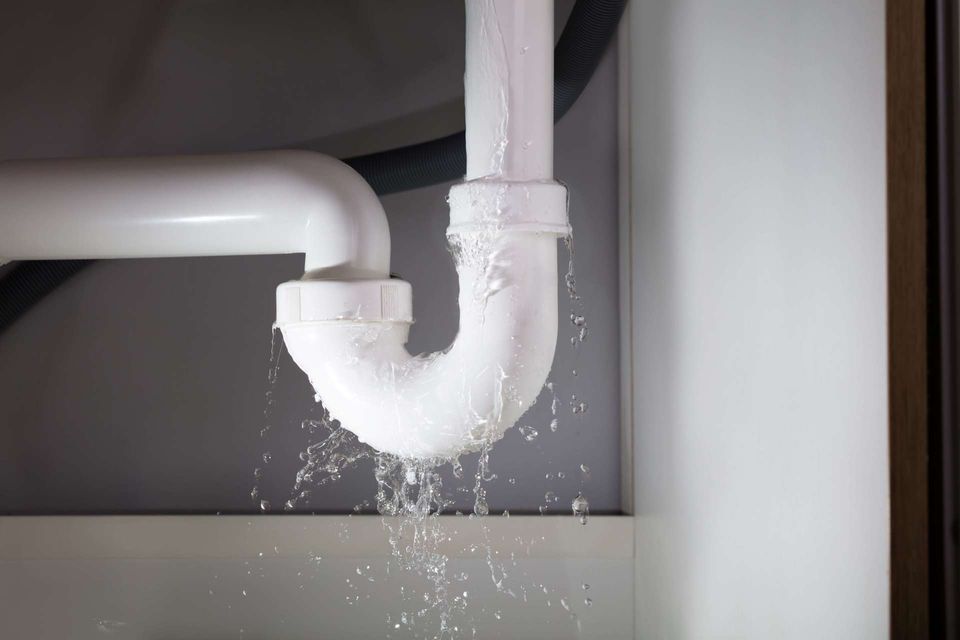Unmask Unseen Water Line Leaks: 6 Smart Detection Strategies
Unmask Unseen Water Line Leaks: 6 Smart Detection Strategies
Blog Article
How do you actually feel when it comes to Leaking water lines?

Early discovery of leaking water lines can reduce a prospective calamity. Some little water leakages might not be visible.
1. Take A Look At the Water Meter
Every residence has a water meter. Examining it is a surefire way that assists you find leakages. For beginners, switch off all the water sources. Ensure no one will flush, utilize the faucet, shower, run the washing maker or dish washer. From there, go to the meter and watch if it will change. Because nobody is using it, there ought to be no motions. If it moves, that shows a fast-moving leakage. If you discover no modifications, wait an hour or two and check back again. This suggests you might have a sluggish leak that could also be below ground.
2. Inspect Water Consumption
If you detect abrupt modifications, despite your consumption being the exact same, it implies that you have leakages in your plumbing system. An unexpected spike in your bill shows a fast-moving leakage.
On the other hand, a consistent rise on a monthly basis, even with the same habits, reveals you have a slow leakage that's additionally slowly intensifying. Call a plumber to thoroughly inspect your residential property, particularly if you really feel a warm location on your flooring with piping underneath.
3. Do a Food Coloring Test
When it comes to water usage, 30% comes from commodes. If the color somehow infiltrates your bowl throughout that time without flushing, there's a leakage between the storage tank and also bowl.
4. Asses Exterior Lines
Do not neglect to check your outdoor water lines as well. Examination faucets by affixing a garden pipe. Should water seep out of the connection, you have a loose rubber gasket. Change this and also make certain all connections are limited. If you've got an automatic sprinkler, it will certainly help get it expertly analyzed as well as kept annually. One small leakage can throw away lots of water and also surge your water bill.
5. Check as well as Examine the Scenario
House owners should make it a habit to check under the sink counters and also inside closets for any kind of bad odor or mold and mildew growth. These two red flags indicate a leak so prompt interest is called for. Doing routine evaluations, even bi-annually, can conserve you from a significant trouble.
Examine for discolorations and damaging as most pipelines as well as devices have a life expectancy. If you believe leaking water lines in your plumbing system, do not wait for it to escalate.
Early discovery of dripping water lines can mitigate a prospective disaster. Some small water leakages may not be noticeable. Examining it is a guaranteed means that helps you find leakages. One small leakage can squander bunches of water and surge your water bill.
If you think dripping water lines in your plumbing system, do not wait for it to escalate.
WARNING SIGNS OF WATER LEAKAGE BEHIND THE WALL
PERSISTENT MUSTY ODORS
As water slowly drips from a leaky pipe inside the wall, flooring and sheetrock stay damp and develop an odor similar to wet cardboard. It generates a musty smell that can help you find hidden leaks.
MOLD IN UNUSUAL AREAS
Mold usually grows in wet areas like kitchens, baths and laundry rooms. If you spot the stuff on walls or baseboards in other rooms of the house, it’s a good indicator of undetected water leaks.
STAINS THAT GROW
When mold thrives around a leaky pipe, it sometimes takes hold on the inside surface of the affected wall. A growing stain on otherwise clean sheetrock is often your sign of a hidden plumbing problem.
PEELING OR BUBBLING WALLPAPER / PAINT
This clue is easy to miss in rooms that don’t get much use. When you see wallpaper separating along seams or paint bubbling or flaking off the wall, blame sheetrock that stays wet because of an undetected leak.
BUCKLED CEILINGS AND STAINED FLOORS
If ceilings or floors in bathrooms, kitchens or laundry areas develop structural problems, don’t rule out constant damp inside the walls. Wet sheetrock can affect adjacent framing, flooring and ceilings.
https://www.servicemasterbyzaba.com/blog/how-to-detect-water-leakage-in-walls/

I was shown that article on Leaking water lines from an associate on our other web page. Sharing is good. Who knows, you might be helping someone out. We cherish reading our article about Finding hidden leaks.
Ready when you are! Report this page